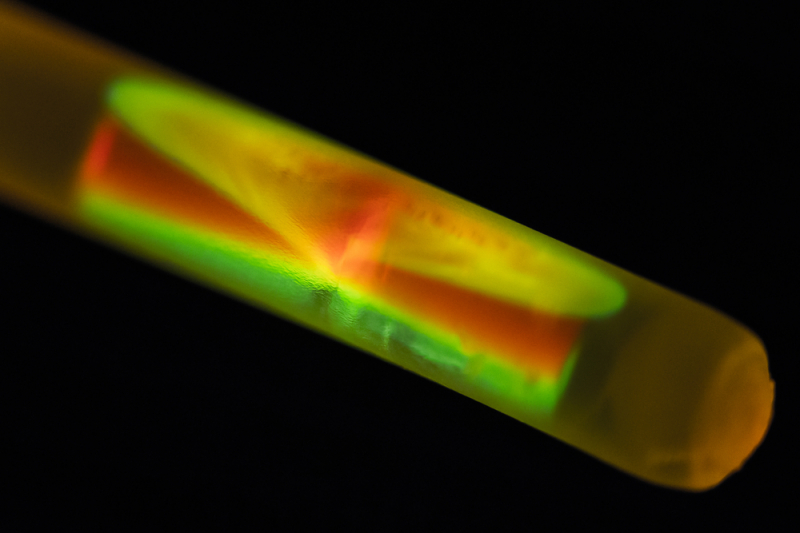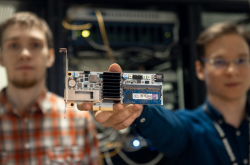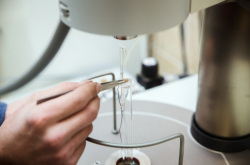There is currently a wide variety of chemiluminescence sensors on the market. They can help diagnose serious illnesses at an early stage using the pH level, proteins and other components. Oftentimes, the sensors are bulky and heavy, and need to be handled by doctors or chemical biologists. Moreover, they are rather expensive. The prices start from 400,000 and can reach up to 1,000,000 rubles – and the high maintenance and electricity costs will only add to that.
Those factors make the existing chemiluminescence sensors inaccessible to the majority of regional hospitals and laboratories. But it’s those very devices that can help make an early diagnosis.
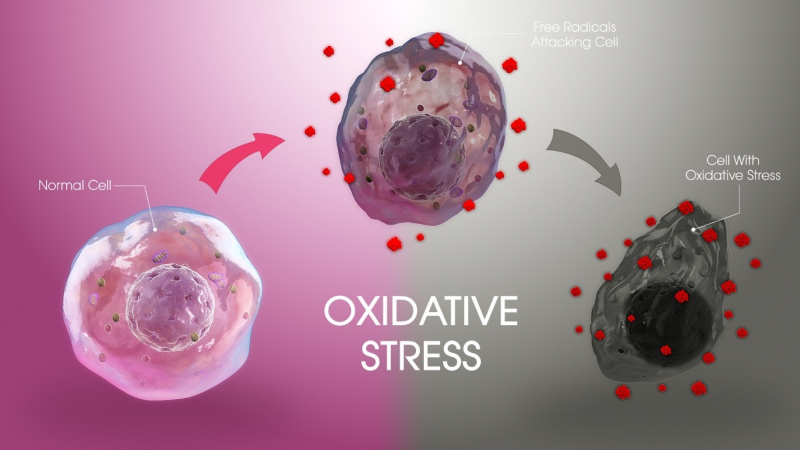
A group of researchers from ITMO University including Ksenia Kirichek, a Master’s student, Daler Dadadzhanov, a PhD student, Andrey Ermolaev, a Master’s student, and Prof. Tigran Vartanyan, who advised the young scientists, has come up with a new solution.
“One of the advantages of our device is its low price – under 50,000 rubles, and that it requires less biological material to conduct the test. In the future, our sensor could become a portable laboratory that can work even outside the specialized environment of hospitals and diagnostic centers,” explains Ksenia Kirichek, head of the project, a Master’s student in the program Physics and Technology of Nanostructures.
How it works
The main principle of the device’s functionality is based on chemiluminescence, or the radiation of light during a chemical reaction.
Three substances enter the microfluidic chip of the sensor: a reference solution (for example, the blood plasma or blood serum of a healthy individual), a chemiluminophore (a substance that can radiate light as a result of a chemical reaction) and an analyte solution (for example, the blood of a person who needs to be diagnosed). The chemiluminescence signal, magnified with plasmonic metallic nanoparticles, is then registered. After that the data is downloaded and the chemiluminescence spectra of the referent and analyzed substances are compared to conclude if there’s a chance that the person is ill.
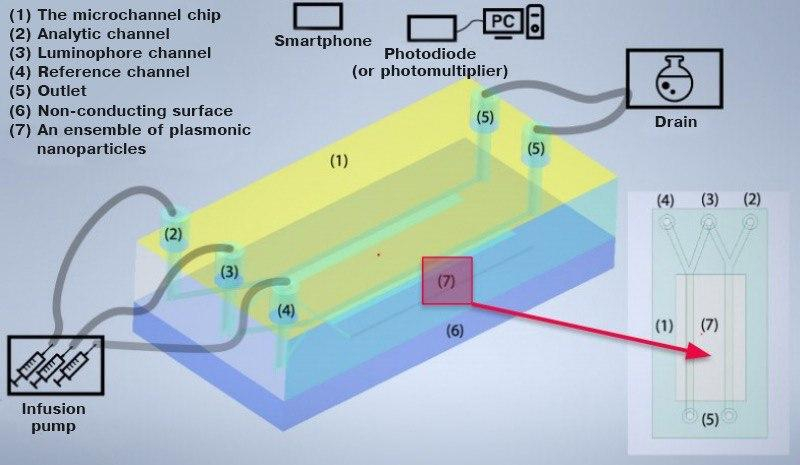
“An accessible chemiluminescence sensor is a huge step to successful treatment because we’re in need of proper diagnostics. It’s hard to tell exactly how we will collect data before we assemble our prototype but there are two options: a smartphone and a photomultiplier. Naturally, if the project takes the path of a portable lab, we’ll strive to develop a mobile application to go with the sensor,” adds Ksenia Kirichek.
How it stands out from the rest
Every sensor registers the chemiluminescence signal but the problem is that this signal tends to be rather weak. Various devices go to different lengths and apply tricks to magnify it so that it can be registered. The one trick used most often is trying to protect the device from any external disturbances, which is what raises the price of the sensor.
“We’re planning to magnify the signal by adding a non-conducting surface with deposited silver nanoparticles which support plasmonic oscillations at the wavelengths that coincide with chemiluminescence patterns of the respective chemiluminophore. This allows us to cut down on the amount of substance needed to conduct the analysis,” expounds Ksenia.
The chemiluminescence sensor became a logical application of a theoretical analysis of plasmonic patterns of nanoparticles, and a way to protect such particles from analytic and chemiluminescent substances that was developed by researchers at the laboratory “Photophysics of Surface”.

“Our project is based on Prof. Tigran Vartanyan’s recent work on the unique optical properties of silver nanostructures. Earlier, we developed a technology that allowed us to make such nanoparticles more stable, which made it possible to create a non-conducting surface suitable for repeated usage. After that, we studied the market to get an idea of what was in demand and which application of the sensor would be the most relevant one, because the device can potentially be used in many areas of medicine,” says Ksenia.
The project took part in the competition of R&D projects, and won a grant of 3,000,000 rubles. As Ksenia Kirichek explains, without this financial support it would have been impossible to create the biosensor because the materials needed for its construction and this process itself require significant funding.
The project is currently in its initial stage of development: the required documents are negotiated while the materials needed for production are being calculated. In July, the group of researchers is planning to start working on the actual prototype, and in a year – the first working prototype of the improved chemiluminescence biosensor will be presented.
